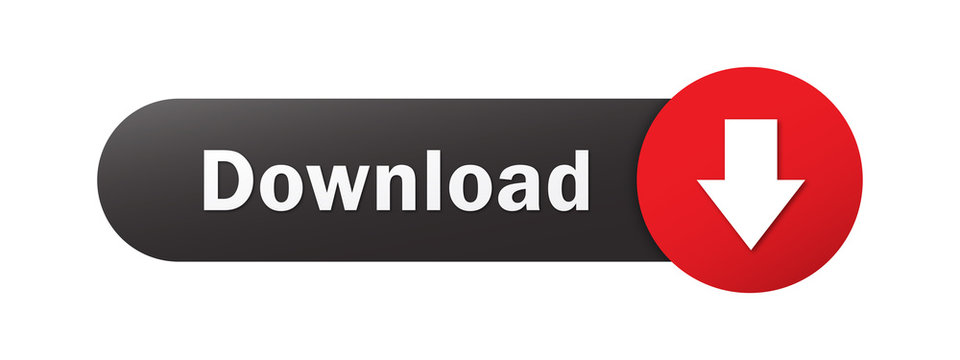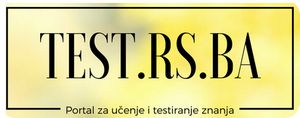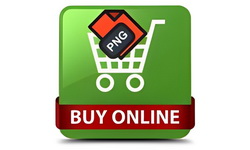Value is not just about people (Happiness, More time with your family, or a well-paid job), I mean, I could be, but only if it makes you happy. Organizations strive for value too (money, happy customers, corporate culture, streamlined processes)... As a Product Owner, you need to understand your business and your customers.
The customer always comes first; the money follows. In the end, it is about money, but do not let money blind your actions. Do not let the money betray your customer loyalty or your desire to make a customer smile.
In this video, I will talk about different types of values, and we will also talk about the importance of DELIVERING VALUE to your customers sooner.
And if you watch it until the end, I will provide you with a free Release Plan Template.xlsx document you can use for your projects. OK, Are you ready? Let me show you what I mean.
Let’s get started with…
5 Types Of Values
- Commercial value: How does this item increase our revenue or profit? Let me give you an example: an item generates commercial value when — upon its delivery — customers pay to acquire it. This could be a new version of your product, a new feature, or an unlockable add-on. It could also be a new bit of paid downloadable content, a new product in your webshop, or something else that customers pay for directly.
- Efficiency Value: How does this item save us money or time? For example: if a change to the codebase allows you to run the same product with fewer servers, you are generating efficiency value. But it can also involve the automation or simplification of tedious and repetitive tasks that are necessary for the development, operation, or delivery of your product.
- Market Value: How does this item allow us to attract more users or customers? Example: this could be the set-up and copywriting for a simple website that promotes your product. Or starting a marketing campaign on LinkedIn. Even writing a blog post, or recording a podcast or video would be “market value” from this perspective — as long as it is primarily concerned with creating awareness for your product. Or, this could be the porting of an application to other platforms (e.g. from iOS to Android).
- Customer Value: How does this idem increase the likelihood that a customer continues to use our product? User experience optimization is a good example of work in this category. This happens when you make your product easier to use and understand, less prone to errors, and more suited to the task that a user sets out to perform with it. But it also includes the implementation of features that customers don’t directly pay for (commercial value), but are there because it is commonly requested and keeps them invested in your product.
- Future Value: How does this item save us money or time in the future? Research and innovation are examples of work in this category. Sometimes you need to research alternative technical solutions to a problem that you face with your current stack. Or you want to improve the practices and processes of your team, and this requires that you spend some time learning.
When can you deliver value?
Now that you know to explain what value is, let’s go one step further. When can you actually deliver value? Well, there is only one possible answer to that question. Release! Because each release is an opportunity to create value.
Now, what is the problem here? Ask yourself, How often does your company release? Many companies release about twice a year. That schedule represents a lot of investment before seeing a dime in return.
When you put your product into the hands of customers, that leads to value, then only can be done through RELEASES: 1, 2, 3, 4.
On top of this tech stuff, we have business activities, like Analysing the industry and competition, Creating a product road map, Release planning, Auditing results, Product Launch, Writing customers' needs, and eliciting and expressing requirements….
Think about a release as a funnel through which you squeeze all your product development activities. The time this release funnel consumes is crucial: it’s your lead time.
Value Waterfall vs Value Agile
Well, With the waterfall approach, when do you release? The release is the last step. Therefore, waterfall delays value.
I know what you will say, releasing is easier said than done. YES, I got you. Because of this, many organizations delay all the activities needed to release consistently. But you should recognize that this investment in getting value out to your customer sooner is worthwhile.
On the other hand, Scrum Team produces potentially releasable increments of the most valuable items every 30 days or less.
That doesn’t mean that you will have a release after every sprint. You can combine 2-3 sprints until you finish some meaningful functionality.
However, until you release, you are adding no value, only costs. This is often correlated with the financial term Cost of Delay, which demonstrates how value leaks away over time.
LET’S compare Waterfall with Agile
In waterfall, we usually have one release at the end of the project with risk skyrocketing as we get closer to the end… A totally different situation is with Agile. We have several releases and ups and downs with risks.
Each Sprint, you are spending tens of thousands of dollars. If you wait six months before release, you could be looking at hundreds of thousands (or even millions) without a single dime of return on that investment. Each release should be looked at as a return on investment. If that return is not what was expected, then look for better investment opportunities to show up.
This is the true benefit of using the Scrum framework. It is not a project management tool. Rather, it creates a competitive advantage for organizations by providing them the ability to test out their hypotheses more often.
In addition, to move toward goals, the Evidence-Based Management Guide provides a set of perspectives on value and the organization’s ability to deliver value. These perspectives are called Key Value Areas. Each Key Value Area focuses on a different aspect of either value or the ability of the organization to deliver value.
AND AS I PROMISED, in the description of this video, you will find 2 documents: RELEASE PLAN TEMPLATE, and Evidence-Based Management Guide you can download and use for free.
✅ Download Release Plan Template and Evidence-Based Management Guide. Send an email to agileandscrummasterclass (at) gmail.com (SUBJECT: Release Plan Template and EBM Guide), and I will send it to you immediately.






